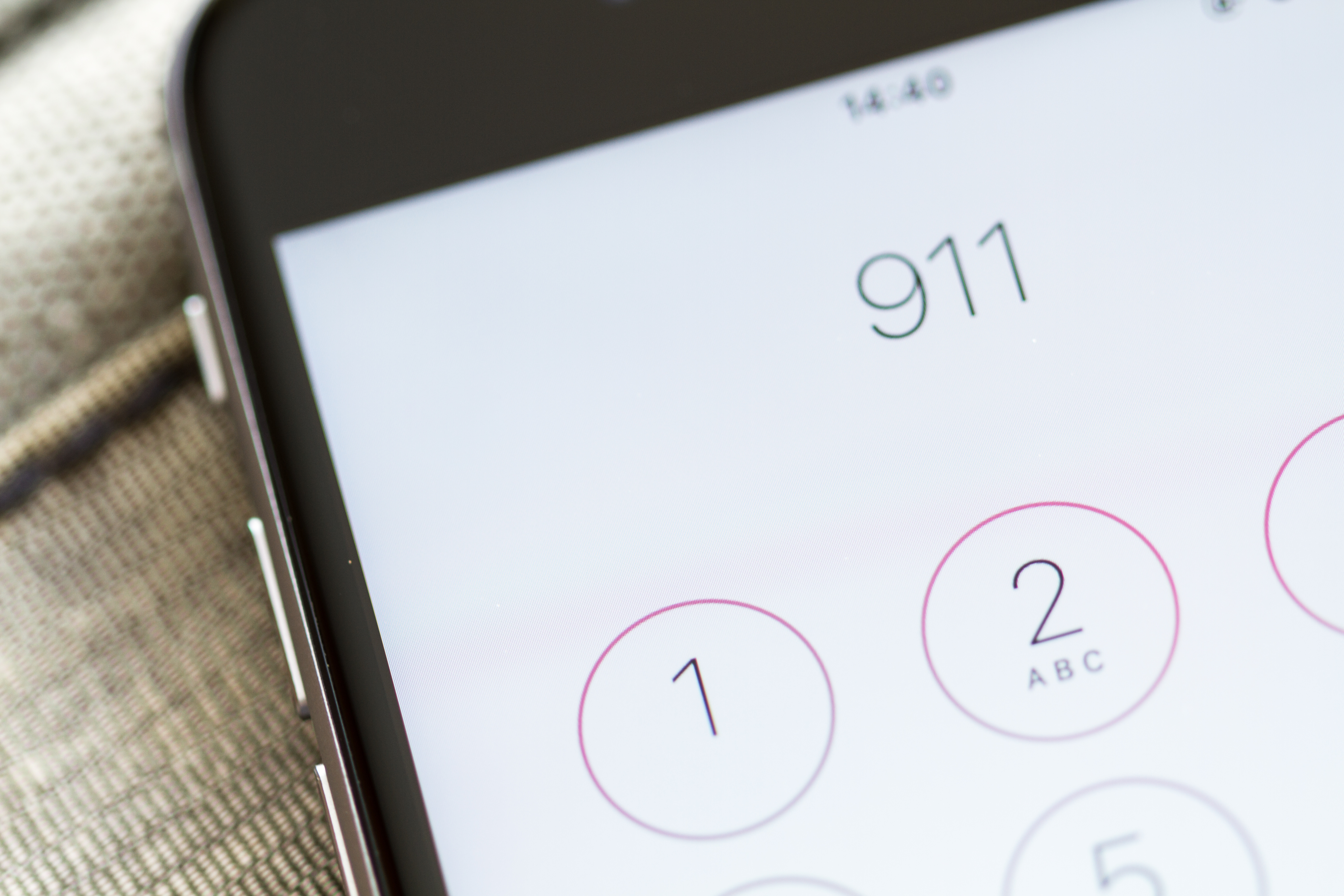NEW YORK – The New York Civil Liberties Union and American Civil Liberties Union today released, More Than a Nuisance, a report revealing that local laws in New York allowing properties to be designated nuisances are most often enforced in low-income communities and communities of color. The findings draw from public records requests the NYCLU issued to 15 cities across the state. Nuisance ordinances can compound the harms of excessive policing, discourage victims of abuse from calling the police, and encourage landlords to evict tenants.
“Nuisance ordinances have an outsized impact on poor communities of color in New York, and raise serious legal concerns,” said Scout Katovich, NYCLU legal fellow and report author. “Tenants should not be discouraged from calling the police, pushed out of their homes without due process, or face excessive punishments for minor infractions. No one should have to choose between their housing and their safety.”
Data from Rochester and Troy between 2012 to 2018 reveals that poor communities of color in both cities were far more likely to have nuisance ordinances enforced against their homes. In the city of Rochester, the quarter of the city with the highest concentration of people of color received nearly five times as many nuisance enforcements as the quarter of the city with the lowest concentration of people of color. In Troy, the neighborhood with the most nuisance enforcement has four times the concentration of black residents as the neighborhood with the least enforcement.
Most versions of nuisance laws assign points for specific violations or to calls to police from a particular building. Because landlords can be fined or have their buildings closed when a property reaches enough points, many respond by initiating eviction proceedings against tenants, refusing to renew leases, or instructing tenants not to call 911. The report found that a building owner in Syracuse, facing nuisance charges, testified at a hearing that he had begun eviction proceedings against a tenant.
If a building is shut down, all tenants in a building may be impacted, regardless of who was involved in complaints to police. This can lead tenants, including survivors of domestic abuse and others in need of police or medical assistance, to refrain from seeking emergency help. In Fulton, almost 25 percent of police calls cited in nuisance abatement letters from the city to property owners were categorized as domestic disturbances, and closer analysis showed that the number of calls related to domestic violence is likely closer to 40 percent.
Nuisance ordinances exacerbate existing racial and economic inequality by making housing instability a consequence of law enforcement. Offenses that can result in nuisance points are often disproportionately enforced against people of color. For example, an ACLU study of marijuana enforcement, a common trigger for nuisance points, found that black New Yorkers are 4.5 times more likely to be arrested for marijuana than white New Yorkers. The new report found the most common offenses that trigger nuisance enforcement in many New York cities include possession of a controlled substance, marijuana possession, disorderly conduct, building/construction violations, noise, and littering. In Niagara Falls, nearly half of nuisance warnings issued by the city have been for noise and “general disturbances.” Instead of facing a small fine for minor violations, tenants can face the serious consequences of losing their homes due to these ordinances.
Last year, a state appellate court
struck down a nuisance ordinance in the Village of Groton in Tompkins County as unconstitutional because it deterred tenants from seeking police assistance. The ACLU and NYCLU filed an
amicus brief in that case.
